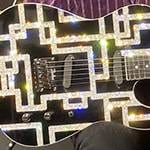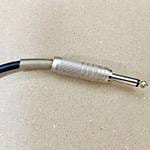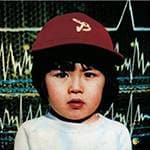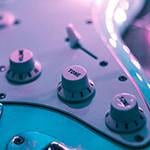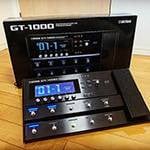Exploring Classic Japanese Folk Albums
Part II of this classic album series focuses once again on the golden period of Japanese folk music from around 1972 to 1977, with a spotlight on iconic albums supported by keyboard instruments.
During this era, numerous masterpieces and unforgettable songs in the folk genre emerged in Japan. The musicians who supported these artists are still active in the music scene today. Listening to albums from that time reveals how these talents were producing incredible sounds even in the early stages of their careers. Behind almost every hit song of that period, you can find the presence of multiple keyboard instruments. Examining the role of these instruments in shaping the music of the time adds an interesting dimension to appreciating this era.
This time, we’ll focus on the legendary Inoue Yosui, who remains a vital figure in the J-pop scene today.
Beyond Folk Songs: Inoue Yosui
Inoue Yosui, a singer-songwriter from Fukuoka Prefecture, debuted under his current name in 1971 after initially performing under the stage name "André Candre." In 1973, his song "Yume no Naka e" (Into the Dream), the theme song for a film, became a massive hit. With its cheerful intro and catchy melody, it’s a song anyone could hum along to.
In contrast to the bright and uplifting single "Yume no Naka e," Inoue Yosui’s smash-hit album "Koori no Sekai" (Ice World) presents a much grayer, moodier world. While many of Yosui’s songs, like Takuro Yoshida's, could easily stand alone with just a guitar, the shadowy atmosphere of "Koori no Sekai" was brought to life by an array of keyboard instruments. Especially notable are the tracks recorded in Japan, which featured some of the most cutting-edge keyboards of the time.
Although his music might seem like straightforward folk at first glance, it was the diverse range of keyboards that vividly painted Yosui’s unique world. The way these instruments complemented and enhanced his songs was something I couldn’t have imagined back then.
■ Recommended Album: Inoue Yosui – Koori no Sekai (1973)
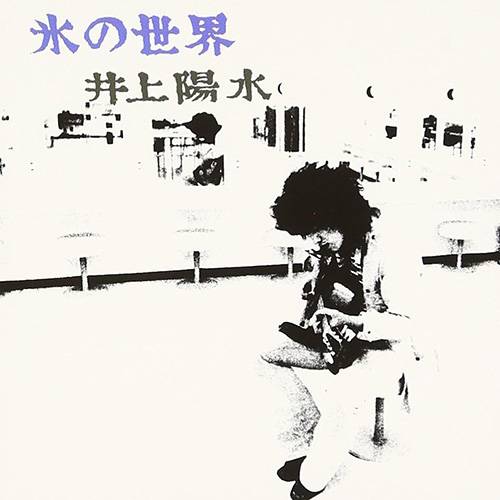
Released in 1973, Inoue Yosui's Koori no Sekai (Ice World) is a historic masterpiece that became the first LP in Japan to sell over one million copies.
This album marks Yosui’s first recording session in London, and the sharp, striking sounds from the very first track immediately grab your attention. Listening to the entire album reveals that Yosui is far more than a folk singer—he’s an artist who defies easy categorization. While the skill of the British musicians who participated is impressive, the contributions of the Japanese musicians who backed the album are equally noteworthy.
Particularly deserving of recognition is Jun Fukamachi, who played multiple keyboards and made a significant impact on the album. Fukamachi is a key figure in Japan’s jazz fusion scene and later collaborated with world-class musicians from New York, such as the Brecker Brothers and Richard Tee. His exceptional technique and refined sensibilities are on full display in Koori no Sekai, as he skillfully incorporated cutting-edge instruments of the time, like the Minimoog synthesizer and Mellotron, to vividly enhance the album’s soundscape.
Recommended Song: "Kaerenai Futari" (The Two Who Cannot Leave)
The ensemble on "Kaerenai Futari" is a stunning showcase of some of Japan's most legendary musicians: Masayoshi Takanaka on electric guitar, Haruomi Hosono on bass, Tatsuo Hayashi on drums, and Jun Fukamachi on Minimoog synthesizer, Mellotron, and acoustic piano. This luxurious lineup delivers an extraordinary performance.
Jun Fukamachi’s mastery of keyboards truly brings the song’s imagery to life. His use of portamento on the Minimoog, weaving seamlessly with the acoustic guitar in the intro, sets an evocative tone. The acoustic piano fill at the start of the second verse and the grand Mellotron arrangement after the guitar solo are standout moments that elevate the song’s emotional depth.
Equally remarkable is Haruomi Hosono’s bass playing, which brims with creativity and nuance, providing a rich, tasteful foundation that enhances the track’s overall impact.

Mellotron, CC BY-SA 2.0 DEED (quoted from Wikipedia)
The Mellotron is a keyboard instrument where each key is connected to a tape recorder. When a key is pressed, it triggers the tape to play, producing sounds such as strings or flutes. Since the tape length is fixed, the sound only lasts for 8 seconds while the key is held down.
The tape contains three pre-recorded sounds: violin, flute, and mixed male and female choir, which can be selected using a dial on the left side. Although the tones differ from actual instruments, many musicians appreciate its distinctive and unique sound.
Recommended Song: "Kokoro Moyou" (State of the Heart)
A single cut from the album, "Kokoro Moyou" became a massive hit and was a song that resonated deeply with the tastes of Japanese audiences at the time. However, it’s well-known that the album’s participating musicians were convinced that "Kaerenai Futari" would be chosen as the single, given its exceptional quality. Despite their expectations, the producer decided on "Kokoro Moyou." This choice was likely the right one for the era, but it’s famously said that Inoue Yosui was so dissatisfied with the decision that he refused to speak to the producer for a long time afterward.
The song’s arrangement features an intricate interplay of acoustic piano, Minimoog, Mellotron, and acoustic guitar, with their obbligatos and fills vividly painting the emotional landscape. Whether this was reflected in the sheet music or improvised remains unclear, but the exceptional musical sensibilities of the participating musicians are undeniably impressive.
Interestingly, Jun Fukamachi incorporated the Hohner Clavinet—a keyboard usually used for funky backing in genres like funk—and layered it with the acoustic piano in the latter part of the track. Using the Clavinet in a folk song setting was an unconventional choice, but Fukamachi’s unique sense of innovation shines brilliantly here.
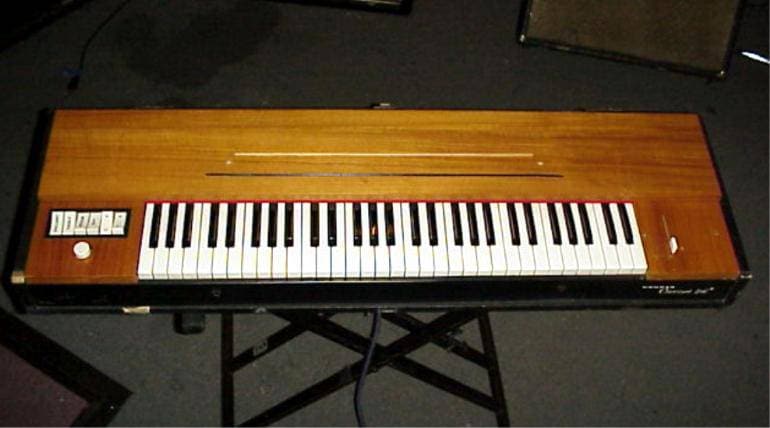
Hohner Clavinet D6, CC BY-SA 3.0 DEED (quoted from Wikipedia)
An electric harpsichord, the Hohner Clavinet was frequently used in funk and soul music. Its most famous use can be heard in the intro of Stevie Wonder's "Superstition."
It has also been played by many renowned keyboardists, including Chick Corea, George Duke, and Keith Emerson.
Musicians, Albums, and Recommended Songs Featured This Time
- Artists: Inoue Yosui, Jun Fukamachi, Haruomi Hosono, Tatsuo Hayashi, and others
- Album: Koori no Sekai
- Recommended Songs: "Kaerenai Futari" and "Kokoro Moyou"
The “sound & person” column is made up of contributions from you.
For details about contributing, click here.






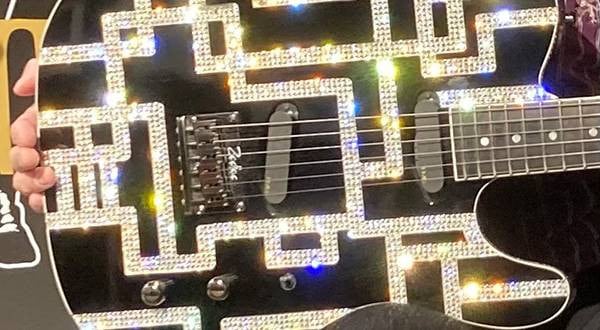
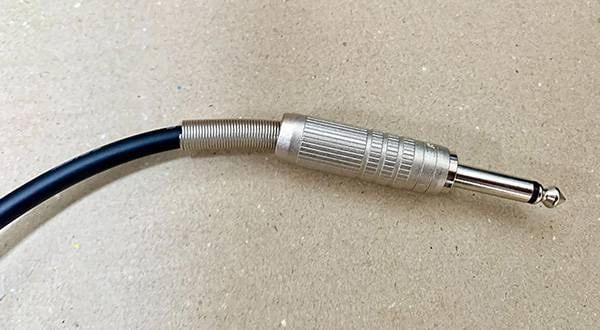
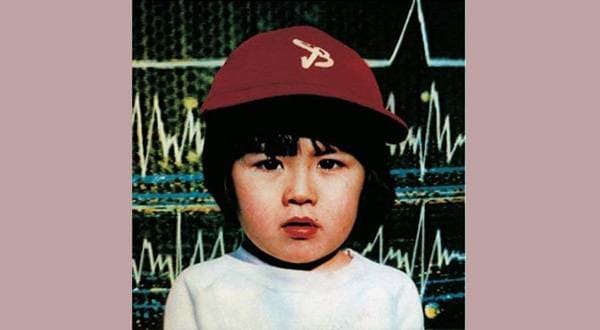
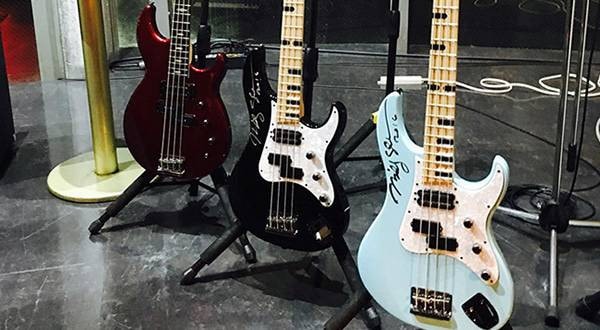
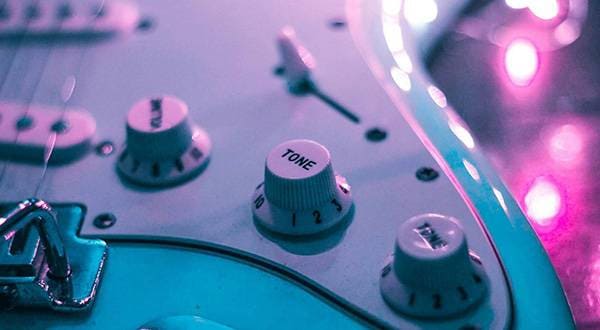
![[2025 Edition] Top 10 Recommended Acoustic Guitars](/contents/uploads/thumbs/2/2022/5/20220506_2_17799_1.jpg)
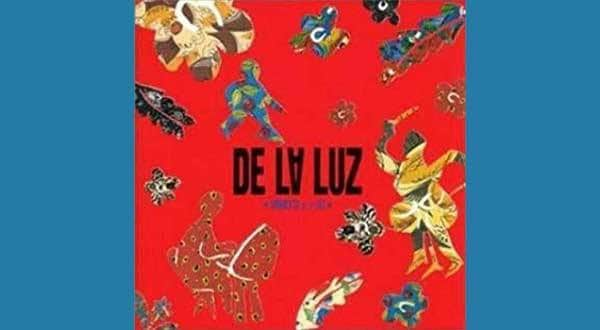

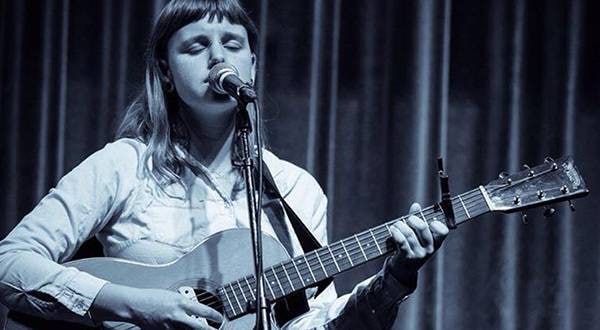
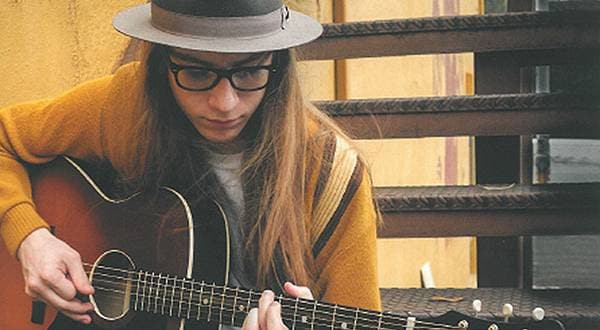
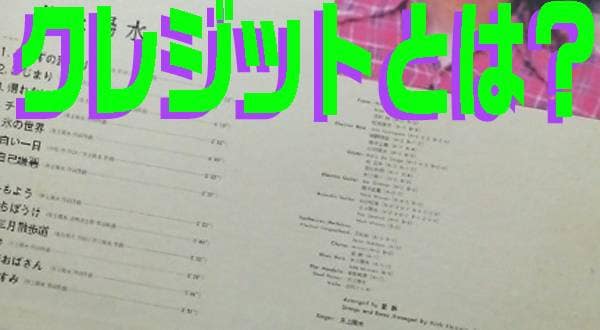
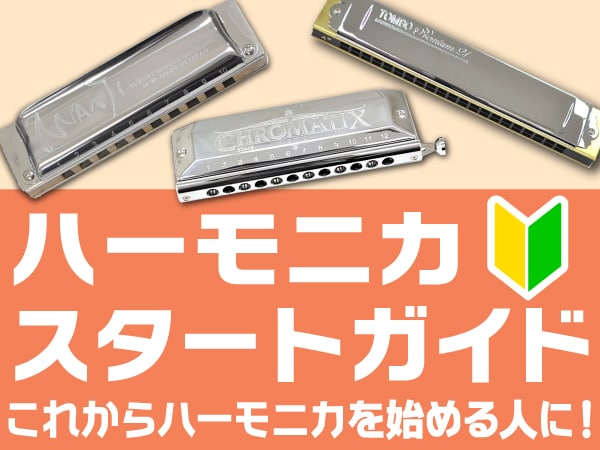 ハーモニカスタートガイド
ハーモニカスタートガイド
 超オススメのフレーズ道場 アコースティックギター
超オススメのフレーズ道場 アコースティックギター
 ギターの種類
ギターの種類
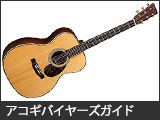 アコギの選び方
アコギの選び方
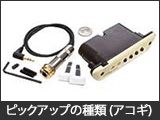 ピックアップの種類(アコースティックギター)
ピックアップの種類(アコースティックギター)
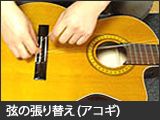 弦の張り替え(アコースティックギター)
弦の張り替え(アコースティックギター)
